COMPASS
Navigating our region’s future together






Navigating our region’s future together





Note from the Chair
Special Feature
Historic Timeline

PROGRAMS
Environmental Education
Scientific Research
Policy and Advocacy
Wildlife Rehabilitation
EVENTS
ABOVE&BEYOND
FEATURES
President’s Letter
Ongoing Support and Legacy

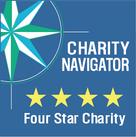


Dear Friends and Supporters,
As we celebrate the 60th Anniversary of The Conservancy of Southwest Florida, we take a moment to reflect on our history and the vital role we have played in protecting the quality of life in our beautiful region. This milestone is not just a testament to our enduring commitment to conservation but also a celebration of the countless achievements that have shaped our community and environment over the past six decades.
Throughout our history, we have confronted challenges head-on, with notable successes that include the protection of Rookery Bay and Keewaydin Island These efforts have preserved critical habitats, ensuring that future generations can enjoy the natural beauty of Southwest Florida. Our work in safeguarding the mangrove estuary of Pelican Bay has fostered a thriving ecosystem that supports a rich variety of wildlife. Our balanced approach to planned development, as exemplified in Hamilton Harbor and the Isles of Collier, has set a standard for responsible growth that respects both nature and community needs. The success of our Sea Turtle Program has garnered national and international recognition, highlighting our dedication to protecting these incredible creatures as they navigate the challenges of a changing environment.
The von Arx Wildlife Hospital team has played an essential role in our mission, rehabilitating thousands of injured birds and other animals and successfully returning them to their natural habitats These efforts not only help individual animals but also contribute to the overall health of our ecosystems, allowing all of us to enjoy the rich biodiversity of Southwest Florida.
Our ongoing commitment to education is equally important Through our mobile classroom, Nature Center, and internship programs, we are nurturing the next generation of conservationists. These initiatives inspire young minds to appreciate and advocate for our natural world.
Our efforts to control invasive species, particularly the Burmese Python, reflect our commitment to preserving the native biodiversity of our region. We have also made significant strides in advocating for policies that return the permitting of development in critical wetlands from the state to the federal government, ensuring that environmental protections remain a priority.
A recent economic impact study, co-sponsored by the Conservancy, highlights what is at stake in the decisions we make today and in the future This study emphasizes the connection between conservation and economic vitality, addressing
issues like job creation, economic growth, and the preservation of our region’s natural beauty and overall quality of life. It also reveals that nature provides us with tangible benefits. Wetlands filter and clean our water, while mangroves serve as a buffer against storm surges and are crucial for the early life stages of marine life.
The accomplishments you will read about in the following pages are a snapshot of what we have achieved together. All of this was possible because of the unwavering dedication and expertise of our staff, volunteers, and our
partners. Together, we have made significant strides in advancing our mission through science, policy, education, and wildlife rehabilitation.
There are multiple ways to get involved: You can become a member, a volunteer, a donor, and even an employee. You can reinforce the policy positions of the Conservancy with our elected officials.
Let us now act with urgency as the decisions that we make today will determine the future quality of life in Southwest Florida forever.
Charles Mueller, Chair
Nancy Anthony, Vice Chair
Rob Moher, President & CEO
Nicolas "Nick" Batos
Stefan R. Bothe
Phil Collins
Sheila Demkovich
Phil Douglas
Terry Edwards
Barry Frank
Leslie Frécon
Vanessa von Arx Gilvarg
Phil Gresh
Linda Harvey Grijalva
Bruce Groves
Robin Hamilton
Dr. Judith Hushon
Tom Watkins, Treasurer
Kimberly Leach Johnson, Secretary
Dr. Terri Jump
Jon Kukk
George Lawton
Katrina Lundmark-Kash
Paul Myerson
James Nolte
Nicholas G. Penniman IV
Nanette Rivera
Sue Schulte
Cedric A. Shaw
Penny Taylor
Sharon von Arx
John R. Walter
Roger Weston
Nicholas G. Penniman IV
Historian, Former Board Chair, Author

Conservancy of thwest Florida’s ory wasn’t linear. oots began with d acquisition and ronmental policy rts. The anization’s focus adened to cation and wildlife
recovery after merging with the Big Cypress Nature Center.
The history of the Conservancy has always been to protect the elements of water, land and wildlife throughout Southwest Florida. The most important thing that has made the Conservancy so resilient throughout its 60 years of history has been the multi-generational support. It has also been the quality of the volunteers, board of directors, staff,
and executive directors. One of the key distinctions of this organization, and what I believe makes it so strong is its commitment to science-based policy. The Conservancy ensures that every decision is grounded in thorough, upto-date scientific research.
The importance of telling stories through history is simple. We don’t want to make the same mistakes twice. We must learn from our past and try not to do it again in the future. Sometimes there’s a tendency to make quick and isolated decisions that can cause problems in the future.
The Conservancy thinks of Florida’s environment as a whole before making any decision. We live in one of the most beautiful places in America. To preserve it the way we found it is the most important thing we can possibly do going forward. We’ve preserved paradise for 60 years and I hope we can do the same for the next 60 years.
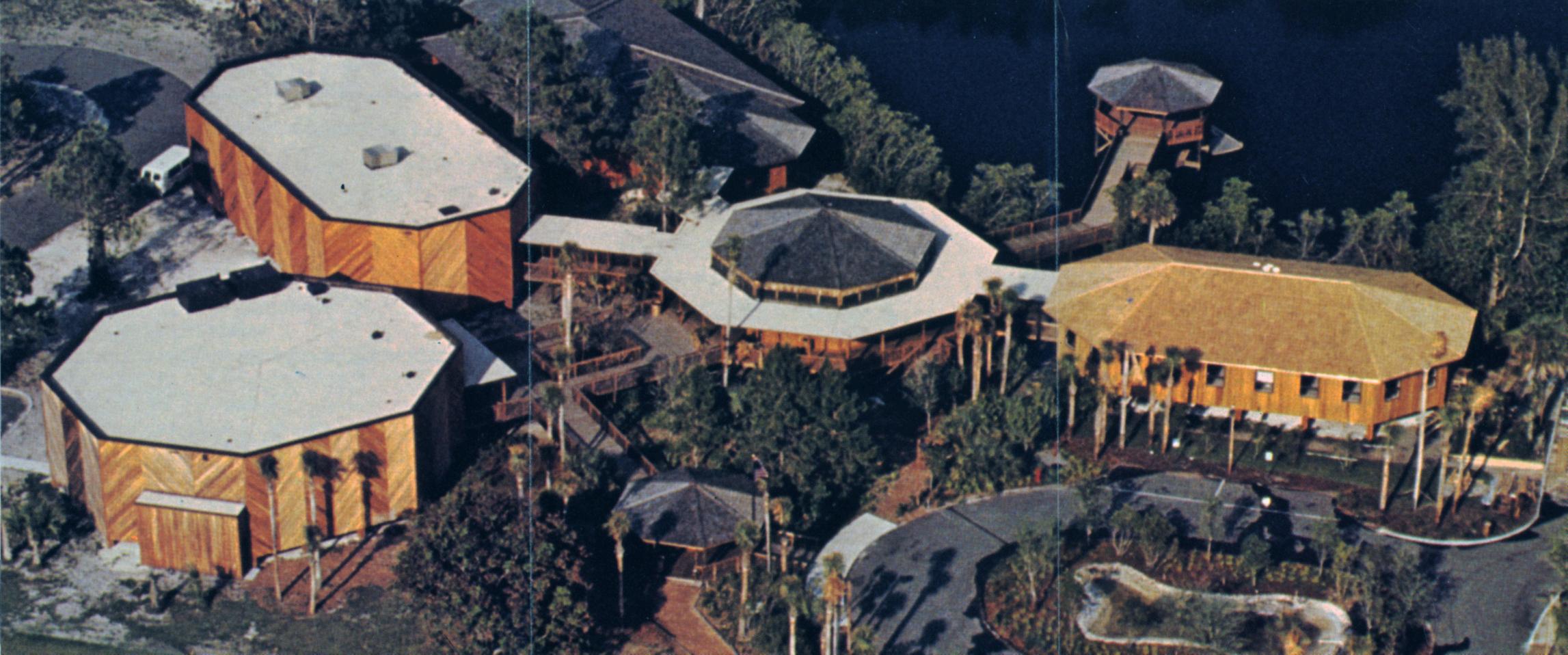

The Conservancy was founded on April 11, 1964, after halting the construction of a road through Keewaydin Island The fight for the preservation of Rookery Bay and Ten Thousand Islands began
Worked directly with Pelican Bay developers for better land management processes
The Conservancy merged with the Big Cypress Nature Center Dr. Bernie Yokel initiated Naples Bay water quality studies
80s
Several key programs began:
Internship program under Dr. Gary Schmelz
Mangrove study program began
Sea turtle research program began
Wildlife rehabilitation program under Dr. Gary Schmelz
Rob Moher, current President & CEO, joined the Conservancy as Director of Development in 1999
The Conservancy began the fight against the proposed Hamilton Harbor Marina due to concerns regarding extensive mangrove loss
70s
00s
The Conservancy hosted the first annual Magic Under the Mangroves fundraising event in 2004
The Picayune Strand Restoration Project began in 2007 to restore the forest's natural hydrology
The Burmese python research and removal program began, including radio-telemetry fieldwork
The current von Arx Wildlife Hospital building opened and expanded native animal rehabilitation efforts
90s

10s


After a four-year hiatus due to COVID-19, the Conservancy’s summer camp returned throughout the month of June. Nearly 120 students from first through sixth grade had the opportunity to explore the wonders of nature on our campus. From the depths of the ocean to the heart of the Everglades, themes like "Ocean Explorers" and "Swamp Stompers" immersed young adventurers in hands-on activities, crafts, games, and real-life animal encounters. Campers also went on exciting field trips, discovering marine habitats, wetlands, and the importance of conservation firsthand.
m at the Conservancy hosts many programs throughout the year, encouraging environmental education for all ages. The Learning Adventures Bus (LAB) delivers engaging activities focused on Florida's environment directly to local community programs. This year, 75% of our LAB Program participants indicated a commitment to protecting the environment in post-program surveys. Additionally, over 300 students were reached with the LAB at local summer camps with Summer SLAM (Science Learning Adventure Modules) outreach. Further, our STEM Learning Adventures impacted over 4,000 individuals, using the LAB to blend education with fun to deliver a hands-on, engaging experience. Lastly, our Watery Wonders field trips give third grade students a chance to see first-hand how scientists help safeguard our critical water habitats. In 2024, over 950 students participated in our Watery Wonders programs.

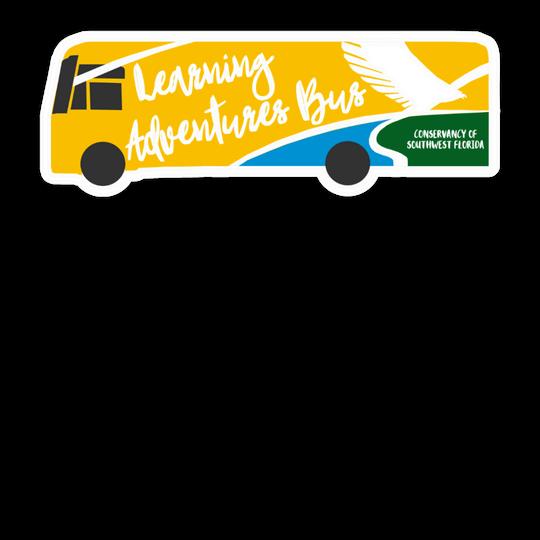

From the beginning of my work with the Collier County Conservancy, I believed environmental education would be one of the cornerstones of our efforts. What started with 4th-grade students and a small museum at the Big Cypress Nature Center expanded into something larger
In 1974, the Conservancy explored the idea of offering its own environmental education program. When meeting with the school superintendent, they learned that the Big Cypress Nature Center already offered these programs and suggested that the two organizations merge. This was a pivotal chance to secure the future of our environmental education programs in Collier County and have a larger presence in our area amidst limited funding and the constraints of a small campus.
Soon, we were able to add summer programs, activities for adults and 3rd and 7th graders to the school system’s environmental education curriculum. We built labs, classrooms, a museum, and an animal hospital and had satellite educational facilities at Rookery Bay, including the Briggs Nature Center With the help of additional staff, volunteers, and a new intern program, our reach grew far beyond what we had initially imagined. By the time I left, we had built a dormitory to house interns who were working in all facets of the Conservancy’s operation.
At its core, the program is a call to young and old to look around, learn, and cherish what we have before it’s lost That’s why this work is so important to me; when we understand, we care; when we care, we act.



The animal care team within the education program has been hard at work creating new and enhanced experiences for our ambassador animals and Nature Center guests Our 5,000-gallon patch reef exhibit in the Susan and William Dalton Discovery Center (DDC) was renovated and new species were added, including the Florida Spiny Lobster. The team also acquired four new juvenile alligators with two staying in the exhibit in the DDC and two participating in educational programs. The cane toad exhibit in the John & Carol Walter Discovery Wing was renovated with live plants and Cuban tree frogs were added. The three upland snake exhibits (yellow rat snake, red rat snake, and Florida king snake) have also been completely renovated with water features, giving the animals more natural and dynamic environments. The team is currently in the process of replacing the original glass aquariums with brand-new ones to improve the viewing aesthetics for the gue Additionally, the education team now offers weekly live feedings and cleaning for N Center guests, including a touch tank feeding, a scuba patch reef cleaning, an alligat exhibit target feeding, and a toad exhibit feeding


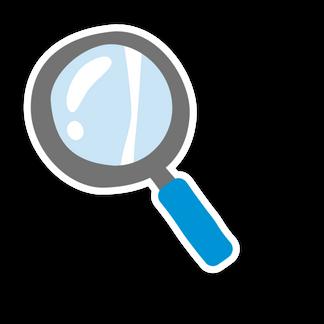



From January to September 2024, the welcomed over 16,305 visitors to our c Nature Center experience includes acti guests and members to enjoy. The Edu provides daily talks on invasive species, saving wildlife, our changing planet, and hurricane impact The Susan and William Dalton Discovery Center gives visitors a look at Florida’s unique ecosystems and the John & Carol Walter Discovery Wing highlights the impacts of invasive species and climate change. Our Nature Center also allows guests to explore the beauty of the Gordon River electric boat rides and kayak tours.
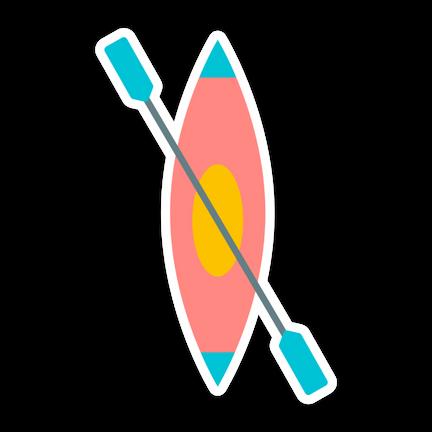
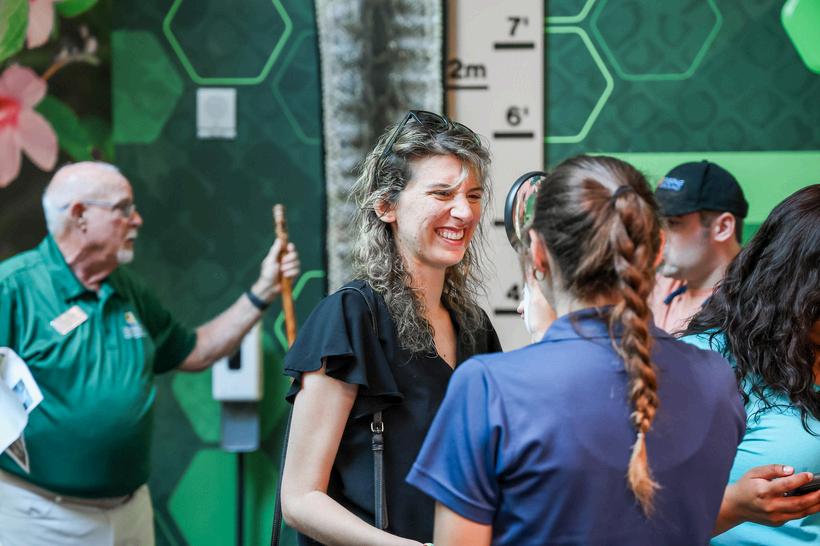


Tonya started at the Conservancy in 2014 as an education intern, and has been a staff member in the education department since 2017. As Student Programs Manager she is responsible for the development and delivery of school and community programs, outreach, the Learning Adventures Bus, and summer camps. Through her work at the Conservancy, Tonya wishes to inspire all types of students to explore their local environment and appreciate the unique wildlife and ecosystems we have here in Southwest Florida. She hopes to empower the next generation to be environmental stewards.

The Conservancy's sea turtle research team documented 425 nests on Keewaydin Island this summer. While this year’s nesting numbers were steady, several storms have disrupted hatching success. Southwest Florida’s beaches faced multiple washover events, including a tropical wave in June, elevated king tides in July, Tropical Storm Debbie in early August, Tropical Storm Francine’s effects as it passed by our coast in early September, followed by king tides driven by the September supermoon and storm surge from Hurricane Helene at the end of September. Storm surge from Hurricane Milton unfortunately brought an abrupt end to nest hatching as our remaining nests were washed out. As a result of these storm events, approximately 43% of nests were washed out, with the possibility of further losses as the season continues. Tropical Storm Debbie had the most significant impact, arriving in early August when many nests were nearing their hatching phase Additionally, standing water on nests for extended periods prevented proper development, causing many eggs to fail. Despite these challenges, nest predation has remained low compared to prior years, and sea turtles’ reproductive strategies help buffer against such losses. By nesting multiple times in a season and laying an average of 90 to 100 eggs per nest, sea turtles naturally mitigate the effects of storms and predation While nesting success may be lower this year, long-term trends in sea turtle reproduction remain encouraging.


Kathy Worley joined the Conservancy as an Environmental Specialist in 1995 and now serves in the partially endowed role of Director of Environmental Science. As a senior biologist, her own research focuses on mangrove ecology and restoration, nesting sea turtles, shoreline and estuarine resilience, and water quality.
My heart and soul are with the mangrove and sea turtle projects. Also, I enjoy giving my staff the opportunity to grow in their careers as I did I take pride in the work my team does.”

Southwest Florida is a better place to live because of the unwavering dedication of those at the Conservancy of Southwest Florida. Beginning in 1964, with a vision of what became the 4,000-acre Rookery Bay Audubon Sanctuary, the Conservancy’s involvement in acquiring and protecting environmentally sensitive lands continued over the years. Many of the parks our citizens enjoy today have a history with the Conservancy’s efforts. When volunteering at the Conservancy’s Rookery Bay Marine Lab 50 years ago, little did I suspect that I would work for the organization for 44 years and be involved in sea turtle research on Keewaydin Island for more than 30 years. Lucky me!
The sea turtle program began in 1983 with a handful of dedicated individuals walking long stretches of the Keewaydin beach to monitor nests. Funding was scarce, but thanks to a dedicated and inventive board member, who tapped into the generosity of Conservancy membership and interested citizens, money was raised to hire seasonal interns and purchase the essential equipment needed to protect nests from raccoon predation and flipper tag nesting females. As the program grew, we collaborated with universities and State and Federal agencies to learn more about the life history of the Keewaydin turtles. In recent years, we used satellite tracking, which provided groundbreaking insights into the movements and behaviors of sea turtles beyond the nesting season
Science thrives on collaboration, and over the past 60 years, the Conservancy has built a vast network of staff, interns, volunteers and community partners. This approach ensures the next generation continues the essential work of data collection, opening doors to discoveries that enhance our understanding of the world we live in. This will help ensure that the ecosystems that define Southwest Florida remain protected for future generations


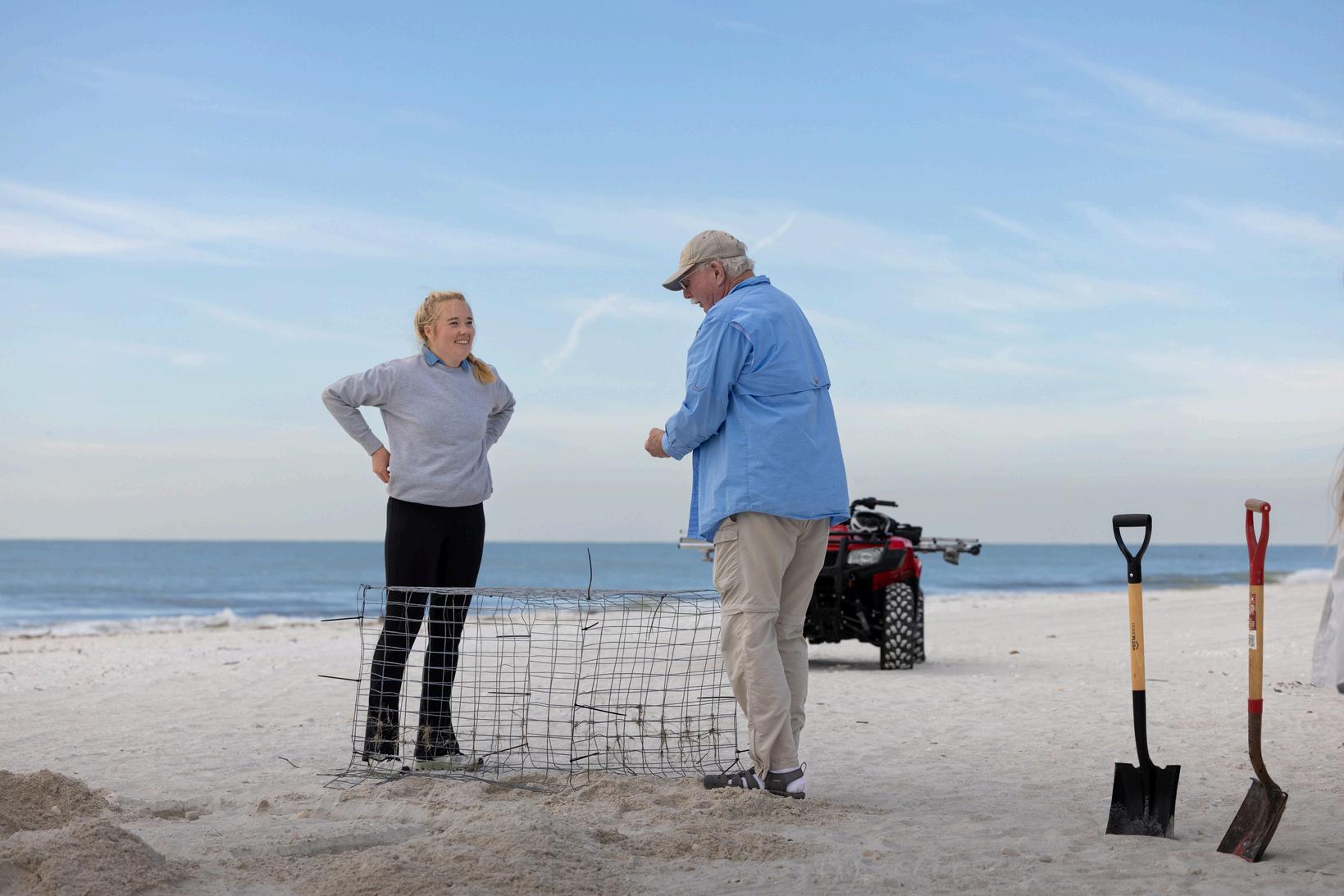
The Conservancy began its Burmese python research and removal efforts within the region in 2013 As of September 2024, the team has removed over 36,000 pounds of python from an approximately 150 square mile area in Southwest Florida. Using radio telemetry fieldwork to document behavior and biology, 120 adult Burmese pythons (known as scout snakes) have been radio-tagged and tracked to better understand the invasive population. The Conservancy of Southwest Florida’s primary objective is to create a database of behavior and habitat use to better understand python activity This research helps to inform decision-makers, other biologists, and land managers to develop a control strategy for the apex predator.

In 2024, the mangrove team assessed the health of 7,603 mangroves in permanent monitoring plots throughout the Clam Bay estuary in Naples and the Goodland Fruit Farm Creek area in Marco Island. Both systems are remnants of once extensive mangrove systems now surrounded by development, which placed enormous stress on the forests. These sites had significant mangrove die-offs in the last 25 years, and while restoration efforts in Clam Bay were implemented in 2000, restoration efforts in Goodland Fruit Farm Creek are more recent. The forests were negatively impacted by Hurricane Ian, where substantial storm surge plowed through the mangroves, protecting the residential areas from greater damage. This year the Conservancy’s mangrove assessment in Clam Bay revealed the beginnings of mangrove recovery, as the forest tries to bounce back. However, Clam Bay remains stressed and we wait to see whether the higher rainfall we experienced this year leads to inundation and forest waterlogging, which can cause mangrove die-offs. The Goodland Fruit Farm Creek area showed little recovery in the die-off areas, but the adjacent mangrove areas were still holding their own. Mangroves are resilient and have a great capacity to bounce back from nature’s wrath. However, the additional stressors placed on these forests due to altered hydrology from adjacent development, along with other man-made and natural factors, make their long-term viability uncertain. Thus, our restoration efforts are essential to help mangroves continue to protect us.


Conservancy of Southwest Florida biologists, Ian Bartoszek and Ian Easterling recently conducted a study in collaboration with Dr. Bruce Jayne from the Department of Biological Science at the University of Cincinnati to better understand the ecological impacts of the invasive Burmese python The team measured the greatest maximum gape, or mouth size, recorded in Burmese pythons to date. The research is featured in the scientific journal, Reptiles & Amphibians, titled “Big Pythons, Big Gape and Big Prey."

Three large adult female Burmese pythons researched at the Conservancy were examined and used for the data and observations of this study, including the longest documented capture on record. One python measured for data was found by Conservancy biologists while it was ingesting a 77-pound white-tailed deer. The deer was 66.9% of the snake’s mass.
Conservancy’s Bartoszek states, “Watching an invasive apex predator swallow a full-sized deer in front of e Burmese python is having on native wildlife e Greater Everglades ecosystem.”

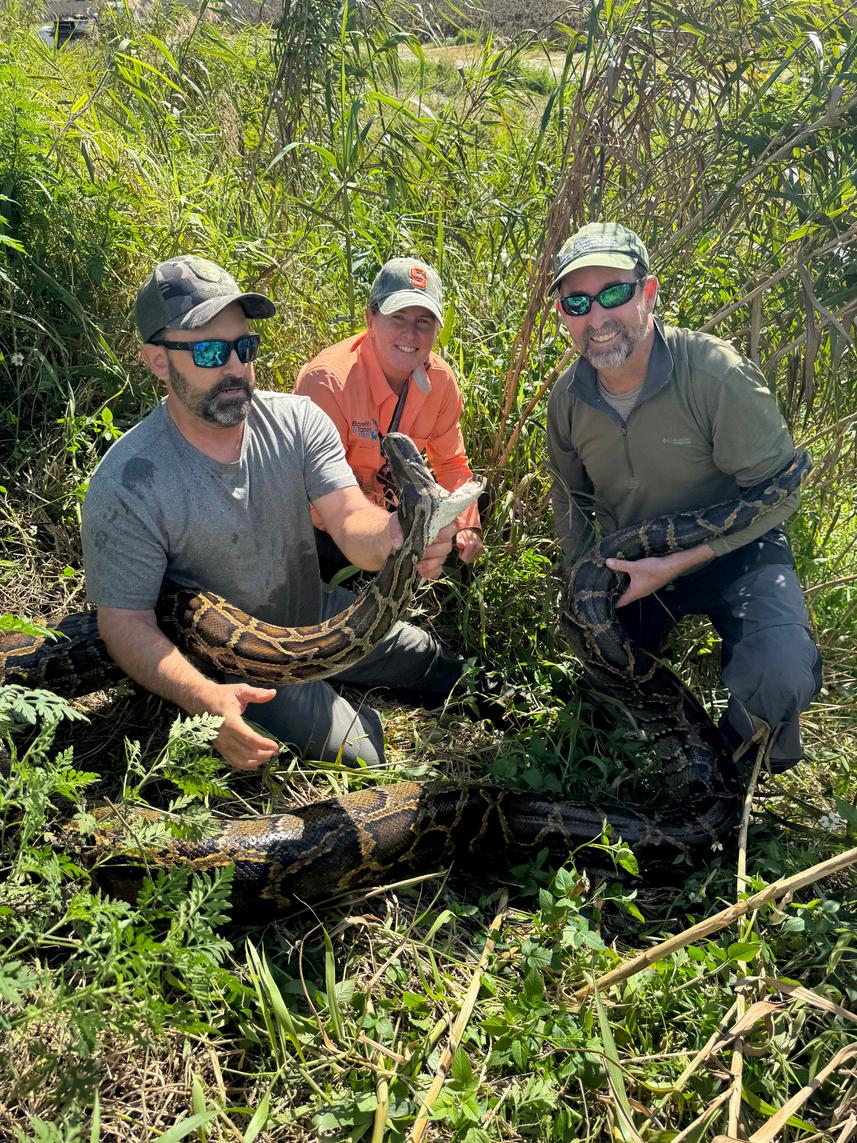



The Conservancy of Southwest Florida has been working to protect our wetlands for over 60 years. Our mission was seeded in 1964 when we worked to stop a proposal that would have destroyed Rookery Bay.
Today, we face continued threats, as Florida is now the third most populous state in the union. Southwest Florida is experiencing much of that growth directly and is a hotspot of wetland loss in the nation.
August 20, 2020
Florida sought to take on the Clean Water Act Section 404 “dredge and fill” permitting program. This meant that the Florida Department of Environmental Protection would assume the federal role in permitting destructive wetland development projects.
Such a transfer of power was aimed at fasttracking and expediting development in Florida, threatening the State’s most treasured landscapes.
Putting Florida in the driver’s seat of the process means removing protective federal laws from consideration, as well as using the State’s less stringent standards.
January 14, 2021
Earthjustice files suit on behalf of Conservancy of Southwest Florida and our partners to protect wetlands throughout Florida. The complaint was filed in the United States District Court for the District of Columbia.

February 15, 2024
VICTORY! A federal court struck down the unlawful scheme that threatened Florida’s wetlands and the species that inhabit them. The judge’s ruling will allow for more stringent standards and a more robust review of proposed development. The judge’s order states that projects that impact listed species, such as the Bellmar and Kingston projects in eastern Collier and eastern Lee counties respectively, cannot be permitted under the state’s flawed program.

May 20, 2024
In an order from the Court of Appeals, efforts to reverse our court win and temporarily return the flawed and unlawful state wetland permitting program were denied. Florida is appealing the lower court’s decision but asked for the program to be returned to them while the case was being argued Such a reversal could have allowed Florida to continue processing permits for bad projects in wetlands and listed species habitats. Just six large development and mining projects in eastern Lee and Collier counties could destroy almost 10,000 acres of Florida panther habitat and 1,000 acres of wetlands The final briefs for the Appeals case will be submitted in January 2025.
Policy and Advocacy work is partially funded by two endowments created with generous gifts from The Wavering Family Foundation and Catherine Miller.

To address growing concerns around the health and vitality of our waterways, Captains for Clean Water, Conservancy of Southwest Florida, and Sanibel Captiva Conservation Foundation enlisted Greene Economics to conduct a thorough analysis of the economic repercussions of degraded water quality. This pivotal study aimed to translate the ecological impact into tangible economic figures, offering a clearer perspective on the stakes involved.
The study displayed how good water quality has a positive economic impact and that projects and policies that improve water quality will pay off through a more robust economy.
The study's findings painted a grim picture of the potential economic fallout of poor water quality. A repeat of the catastrophic harmful algal bloom events witnessed in 20052006 and 2018 could lead to a substantial downturn in key economic sectors. The fishing industry could lose over $460 million, while the broader economy might suffer a $5 2 billion setback. Furthermore, the region could face a drastic decline in property values, job losses in the tens of thousands, and significant reductions in outdoor recreation values.

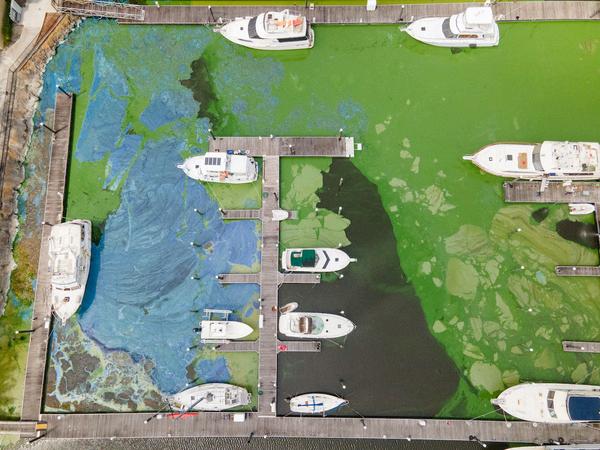
The Conservancy of Southwest Florida was honored to serve as the conference host this year for the 39th Annual Everglades Coalition Conference at the Hyatt Regency Coconut Point Resort and Spa in Bonita Springs, FL.
The Everglades Coalition is an alliance of 57 local, state, and national conservation and environmental organizations dedicated to the full restoration of the Greater Everglades Ecosystem, from the Kissimmee Chain of Lakes into Lake Okeechobee and to the estuaries, through the River of Grass, out to Florida Bay and the Keys
At the conference, we moderated panel discussions about our Economic Water Quality Study, and threats and opportunities in the Greater Western Everglades.


Bellmar is a sprawling development that would consist of strip malls and more than 4,000 homes proposed in eastern Collier County, south of Oil Well Road and 1-mile northwest of the Florida Panther National Wildlife Refuge. The site is within the most important habitat area for Florida panthers and is in the Florida Wildlife Corridor. This development would destroy and fragment important panther habitats and corridors, along with added traffic onto already deadly roadways. The Conservancy voiced our science-based concerns in various ways, including attending a public meeting on December 7, 2023 with our partners. While we must remain vigilant, with Section 404 permitting back with the federal government, we now have the Endangered Species Act to help us protect species when projects like Bellmar are considered in the future.
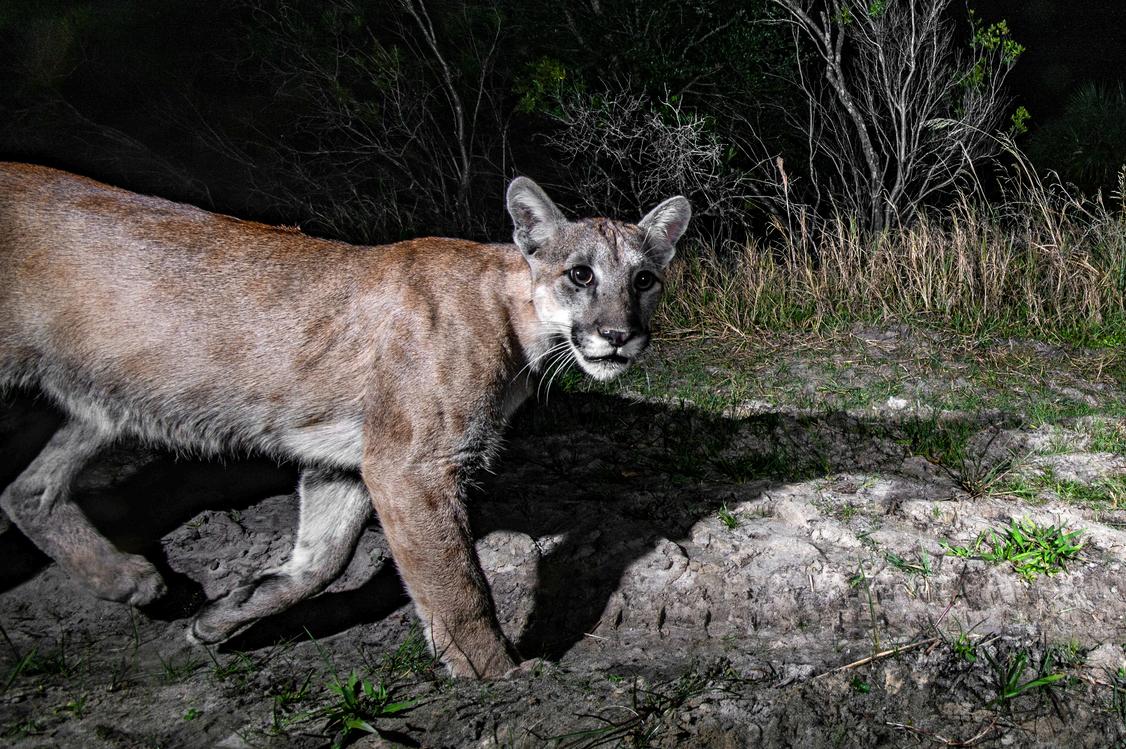
Meanwhile, the Kingston development in eastern Lee County is also under consideration. Another massive project, it would add more than 10,000 homes and associated development next to the Corkscrew Swamp Sanctuary and Corkscrew Regional Ecosystem Watershed (CREW). CREW is a 60,000-acre watershed that spans the eastern border of Lee and Collier counties. The property is within the Density Reduction/Groundwater Resource (DR/GR) area of Lee County, meaning this area should remain largely rural to protect our drinking water supplies. The proposed Kingston development threatens critical wetland ecosystems, as well as 3,300 acres of wildlife habitat.
Now with the Clean Water Act wetland permitting back with the federal agencies, major decisions like Kingston will be subject to the National Environmental Policy Act (NEPA), which requires an assessment of the environmental impacts of a proposal before making a final decision. In the summer of 2024, over 2,500 community members and citizens wrote to the decision-makers to ask for Kingston to be denied, and for the highest level of scrutiny in review of this proposed development.
The position of Director of Environmental Policy is funded through an endowment made possible by the generous gift from the McCaw Charitable Fund.

Amber Crooks started at the Conservancy as a Natural Resources Specialist and is now the Senior Environmental Policy Advisor. She has been a staff member since 2007. She has fought for the conservation of endangered species like the Florida panther, water quality and wetland protection, and limiting oil development on public lands like the Big Cypress National Preserve.
The panther is a symbol of old Florida, and of the natural resources that make the Everglades one of the most iconic places on earth. Protecting the panther means protecting our wetlands, and our agricultural and ranch lands.”
Over the past year, the Conservancy strengthened its efforts to advance climate and community resilience. This included welcoming Dr. Carrie Schuman as the Conservancy’s Climate Resilience Advisor. While she is embedded within the Environmental Policy Team, she will also contribute across multiple Conservancy program areas This dedicated role enhances our ability to collaborate with local governments, homeowner associations, and businesses to drive sustainable progress in response to climate change impacts in a way that balances the needs of both our natural systems and human communities. Looking ahead, the Conservancy is excited to host the region’s first symposium on naturebased solutions, fostering partnerships and strategies to bolster resiliency efforts across the county.
Photo by FStop Foundation

From October 2023 through September 2024, the von Arx Wildlife Hospital admitted 3,821 animals: 299 reptiles, 1,996 birds, and 1,526 mammals.
Work at the von Arx Wildlife Hospital is funded in part through the Wildlife Rehabilitation Endowment made possible through the Estate of John Gridley, friends of Dr. Melissa J. Gridley and the Wildlife Caregivers.
This past year, countless animals were injured and brought to the von Arx Wildlife hospital after being caught in sticky glue board traps. Glue traps are placed as a means to capture rodents and are indiscriminate and often catch non-target animals that are unintended victims. A partial list of animals admitted this past year due to glue boards include an American redstart, blue jay, northern cardinal, green heron, black racer, green anole and burrowing owl. The American redstart was caught on a glue board trap on Marco Island as he was headed north during spring migration. The loss of feathers due to futilely struggling against the strong adhesive left the redstart unable to fly and caused soft tissue damage that required weeks of care to heal.
Whether the victim is intended or not, any animal caught in these traps suffers significantly. Often, the animal struggles against the glue in an attempt to free itself and eventually dies from injuries, exhaustion, dehydration or starvation, the death is not quick or painless.
Commit to finding solutions to rodent issues by focusing on removing the cause or attractant. Eliminate food sources, securely close trashcans, remove thick vegetation near your home, never feed pets outside and seal any holes that may allow rodents entry into your home. Never use rodenticides, the poisons kill many species of wildlife such as hawks, owls, foxes and bobcats. Hire a reputable pest control company to create a pest-management plan that includes protecting the health of local wildlife. Preventative measures and exclusion lead to long-term solutions that won’t put the health of native wildlife at risk.
Collaboration is at the heart of every success story at the von Arx Wildlife Hospital. When Audubon of the Western Everglades contacted our team about a debilitated burrowing owl on Marco Island, quick action and teamwork ensured the owl’s survival and safeguarded the future of her five owlets. Audubon staff knew the owl

needed immediate medical attention but were also concerned because the female owl had five owlets in her burrow relying solely on her for care since the male owl hadn't been seen at the burrow for over a day.
Brittany arrived with the owl who showed signs of head trauma and internal injuries, all indications she was hit by a vehicle A treatment plan was created to meet the owl’s medical needs and once the mother owl was settled in an animal intensive care unit, the focus switched to devising a plan to ensure the survival of the mother owl’s five owlets.
Since the owlets were close to fledging, Audubon staff and von Arx Wildlife Hospital staff believed the owlets would be ok if Owl Watch volunteers could surreptitiously offer mice to the owlets at the burrow entrance so the owlets wouldn’t associate the food with people If the plan didn’t work, hospital staff prepared to admit the owlets to the hospital for care.
The plan worked exactly as hoped, the owlets continued to thrive as the mother owl recovered. After thirteen days of care, the mother owl was returned to her burrow and her five owlets. This story is just one of many that illustrates how much of the work done at the von Arx Wildlife Hospital has successful outcomes because groups of people are invested in helping wildlife thrive in a world altered by humans Owl Watch volunteers and Audubon of the Western Everglades staff are terrific partners!

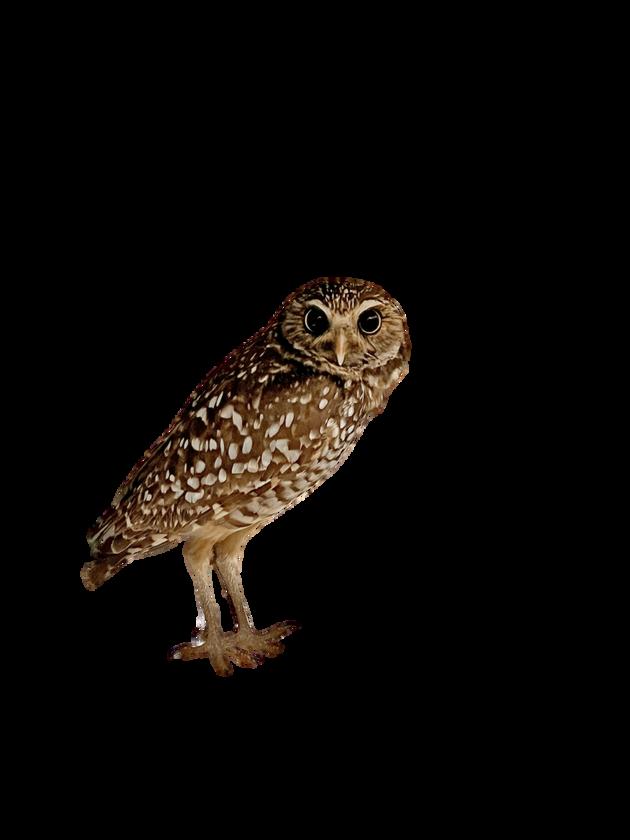
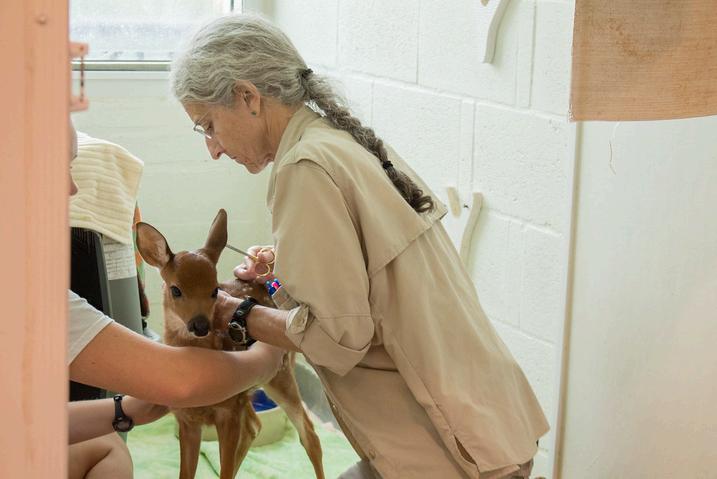
In September 2024, Dr. PJ Deitschel finished serving as the Conservancy staff vet after twelve years of caring for injured, sick, and orphaned wildlife. Dr. PJ joined the Conservancy in 2012 as we transitioned from being a Wildlife Rehabilitation Center to a licensed Veterinary Wildlife Hospital. Dr. PJ had prior experience as a wildlife rehabilitator and wildlife vet; she brought an extensive knowledge of wildlife medicine and Traditional Chinese Veterinary Medicine to the von Arx Wildlife Hospital. While Dr. PJ worked tirelessly behind the scenes and was never one to seek attention or accolades, her impact on our organization was immense. Dr. PJ led with a passion and strong ethos for animal welfare that she passed on as a role model and mentor to scores of conservation associates who interned at the von Arx Wildlife Ho it l d i h t
As the von Arx Wildlife Hospital team extends our gratitude to Dr. PJ for her dedicated leadership and wishes her all the best, we are excited to welcome Dr. Kendall Carlin as our new staff vet at the von Arx Wildlife Hospital Dr. Kendall received her Doctor of Veterinary Medicine from Tufts University and most recently was a veterinary intern at Partners for Wildlife at The Raptor Center and the Wildlife Rehabilitation Center of Minnesota and Tufts Wildlife Clinic at Tufts University.
Prior to her veterinarian achievements, Dr. Kendall gained research experience in academic laboratories and worked abroad in New Zealand and Taiwan. Dr. Kendall balances her joy in sharing her experiences with volunteers and students with her strong commitment to enhancing the welfare of her wildlife patients and is a terrific addition to the team.





Every spring, the von Arx Wildlife Hospital hosts a baby shower for the influx of vulnerable baby animals in our care. On June 1, 2024, we invited the public to our Nature Center to learn more about the work we do in the wildlife hospital, receive donations, and educate the public on baby season in Southwest Florida. Public education focuses on teaching people how to prevent injury to nestling animals and the importance of bringing injured and orphaned babies to the wildlife hospital for immediate professional care. Nearly 100 people attended bringing in over 180 donations from the wishlist. A special thank you to all who took the time to support our native wildlife this baby season.
Some common baby animals our staff monitors and takes care of in the hospital during the season include gray squirrels, various songbirds and raptors, turtles and tortoises, and more. Hospital admissions double during this time, leading to a busy nursery and a sincere appreciation for every donation.

Lauren has been at the Conservancy full-time for eight years, previously working in the hospital as an intern. Lauren works to rehabilitate injured, orphaned, and sick native wildlife. She also coordinates animal pick-ups and releases. She oversees the care for these animals and the interns and volunteers who work with them. Her favorite animals to care for are baby birds in the nursery and brown pelicans.



The Conservancy of Southwest Florida’s 20th Annual Magic Under the Mangroves gala held Thursday, March 7 raised a record-breaking amount of $2.3 million NET for programs to protect the water, land, wildlife, and future of Southwest Florida. This year was monumental as it was the organization’s 20th gala and 60th anniversary of environmental conservation work. The night was full of history, video highlights of the Conservancy’s work over 60 years, and a look into the environmental issues of today, led by chairs Toni & Charlie Mueller and Carol & John Walter.
The Conservancy’s largest annual fundraiser featured an outdoor and indoor reception with a Most Magical silent auction and a silent Fund-ANeed, followed by a live auction, live Fund-ANeed, and dinner inside a multiple-tented structure on the Conservancy’s 21-acre campus.
WINK News Anchor Lindsey Sablan was the Master of Ceremonies. The main event began with a live performance by a Miami-based interpretative dance group, Aura Entertainment. Feature films that highlighted the Conservancy’s important work in protecting Southwest Florida’s water, land, wildlife and future spotlighted the four core departments. Worldrenowned auctioneer and author, Lydia Fenet, was welcomed back for a second year to lead the live auction and live Fund-A-Need. After the thrilling auction and fund-a-need, guests enjoyed a dinner provided by The Ritz-Carlton.
Sponsors for this record-breaking evening included founding partner Northern Trust as the presenting sponsor and William Raveis as the supporting sponsor. Community sponsors included Waterside Shops, Gulfshore Life magazine, Naples Daily News, and WINK News.
On April 20, 2024, we hosted 1,800 guests at our 21-acre Nature Center for our annual Earth Day Festival. The free local event is open to everyone and is a celebration for the public to learn more about our environmental efforts in Southwest Florida and beyond. It is also in place to educate our guests about the surrounding ecosystems and current environmental issues taking place and allow children and students to take part in interactive educational activities. The public learned from various local environmental vendors, experienced animal encounters, took part in STEM learning, went for boat rides on the Gordon River, and much more.
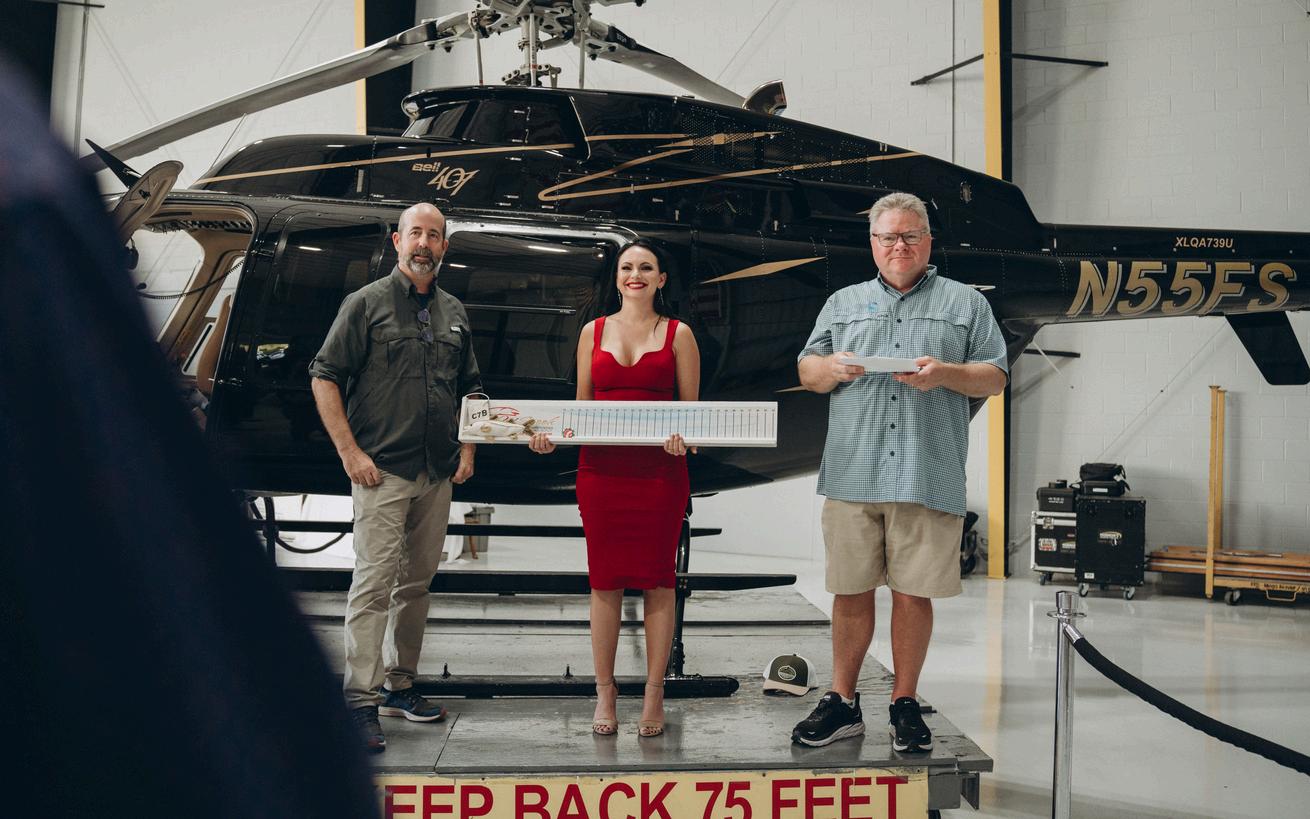
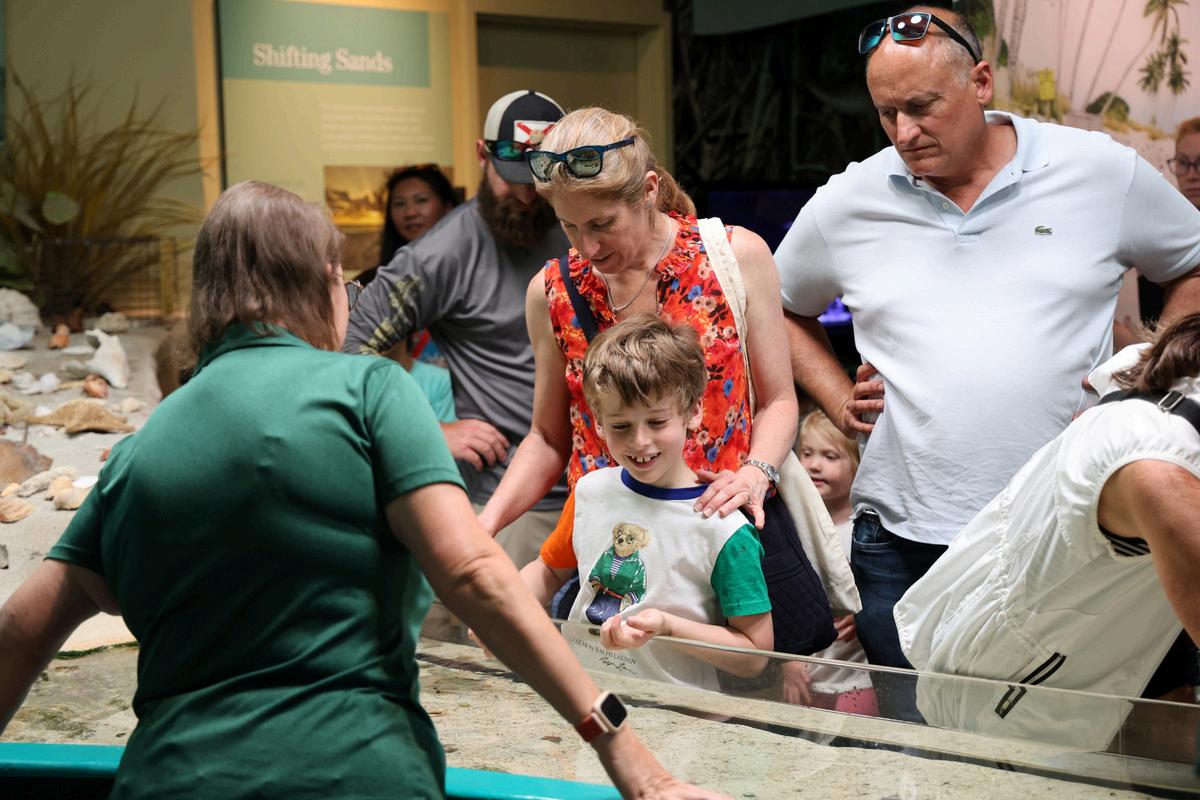

The 2023 RedSnook Catch & Release Fishing Tournament took place October 27 through 29 and raised more funds than any other tournament in its 29-year history The tournament, chaired by Conservancy board member Jon Kukk, brought in almost $260,000 to support the work of the Conservancy.


The three-day event started with a kick-off party at the Elite Jets Hangar at the Naples Airport. More than 200 people joined the festivities that night, which included the live band “Backlash” and beer sponsored by Ankrolab Brewing Company. Caterer Mission BBQ provided the meal for the evening. The Conservancy’s Learning Adventures Bus (LAB) was present along with an Elite helicopter and Elite Jet. The Florida skies offered great weather for fishing on the second and third days of the tournament, although a bit windy Teams competed for recognition of longest Red Fish and longest Snook, among other awards. Over 40 teams took part in the tournament. Northern Trust hosted the Awards Reception on the final evening of the tournament. The 2023 tournament featured a new award in honor of Chris Campbell, former board member and head of the Legal Committee Chris passed away prior to the tournament after a valiant fight with cancer. Chris’ wife, Heather, became a major sponsor of the event and sponsored the award in honor of Chris. The 2023 Chris Campbell Champion Angler Award was presented to Tony Pruitt.
The Eagle Award is the Conservancy’s highest honor, given every year to a person, couple, or group who has advanced the Conservancy’s mission in the most significant ways for a sustained period of time. This year, we recognized three individuals who have over six decades made a significant impact on our mission work: Dr. Gary Schmelz, David Addison, and the late Dr. Bernie Yokel.




Rob Moher, President & CEO, celebrated his 25th year with the Conservancy in 2024. Rob joined the team in 1999 and has since made a reputation for himself as a passionate advocate for our Southwest Florida environment and for Conservancy programs
Maggie Dimon, a volunteer in the von Arx Wildlife Hospital for over six years, combined her two passions, birds and art, into a 70-page poetry book. An Avian Alphabet is available in our gift shop in our Nature Center.


There are numerous ways to get involved and support our work at the Conservancy One student has found a unique way to support the Conservancy while working tow his goals as an Eagle Scout
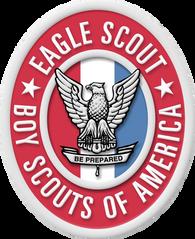
Ben van’t Hoff is a high school sophomore in Naples, Florida. Earlier this year, Ben had helped a fellow scout complete their Eagle Project at the Conservancy building an irrigation system. Ben enjoyed the work and thus reached out to offer more of his services. Working with several areas of the Conservancy to brainstorm, Ben created a project that is now coming to life. Ben is building a new 20x10x9ft bird enclosure to the exact needs specified by our rehabbers who work with injured birds. The team will be demolishing the old enclosure which has aged and is not safe anymore. Ben will be building the enclosure with the help of volunteers, Conservancy oversight, and fellow scouts.
This project is no small feat. Ben has calculated that this project needs over 50 pieces of lumber, and is now asking local businesses in the Southwest Florida community to share their support. Naples Lumber has donated all needed pressure-treated lumber, and Ben is continuing to look for more businesses to partner with. The new bird enclosure will aid greatly in helping injured birds recover. Hundreds of animals are admitted to the von Arx Wildlife Hospital each week, so enhanced facilities are key to helping animals be released back to nature healthily. We thank Ben for his dedication and support in caring for our native wildlife!


The Conservancy won multiple 2024 Community’s Choice Awards in Naples. Voting took place June 10 through June 24 and the winners were announced on September 4. The Conservancy was named the Best Non-Profit Organization and the Best Tourist Attraction in Naples. Further, the Conservancy’s annual gala, Magic Under the Mangroves, was named the Best Fundraising Event in Naples. The Conservancy also placed in the top three in the categories of Best Local Event for Earth Day and Best After School/Summer Camp Program. It is a proud reflection of how our community supports us and we are so thankful.

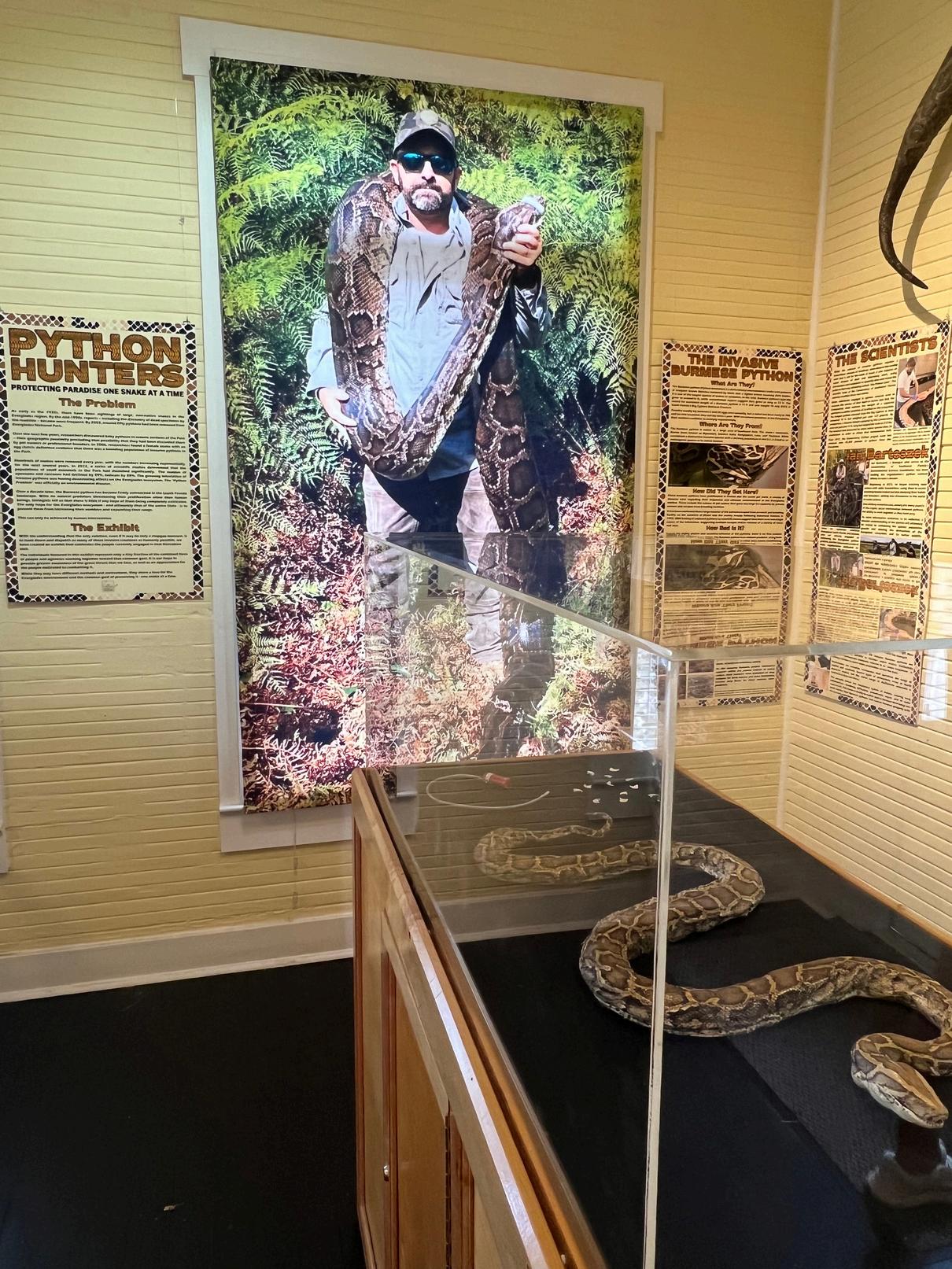
Museum of the Everglades featured the Conservancy’s python research work in their exhibit, “Python Hunters.”

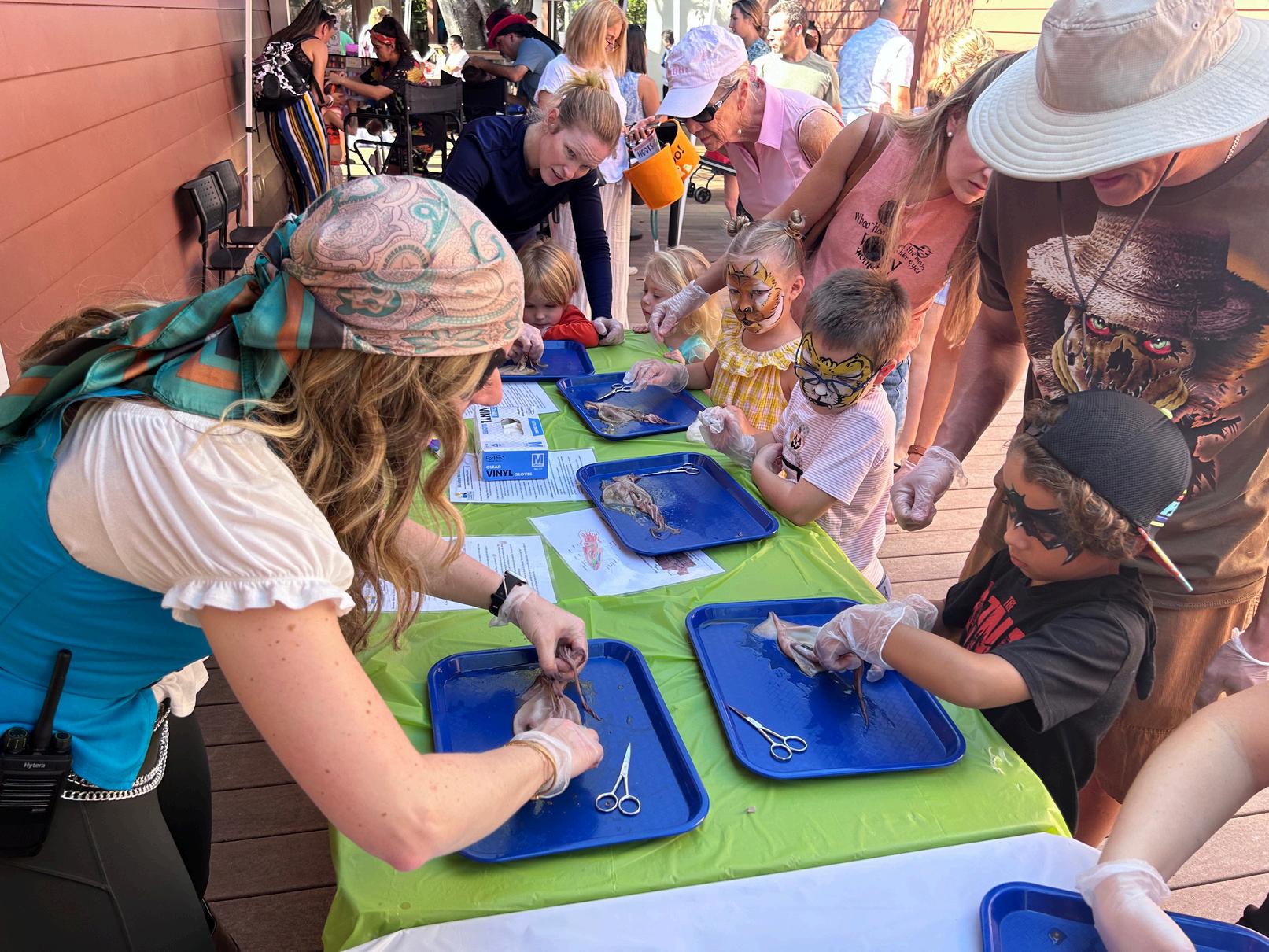
The Conservancy's annual Halloween event, Hoots & Hisses, welcomed nearly 350 guests to our Nature Center on October 28, 2023.

The Volunteer of the Year award was presented to Patricia Walrath at the Volunteer Appreciation Breakfast on April 3, 2024.
A fawn was cared for at the von Arx Wildlife Hospital before heading to a different wildlife rehab center that specializes in fawn care.


Ahead of the Magic Under the Mangroves event, the Conservancy thanked supporters with a special Patron Party at the Keewaydin Lodge on February 25, 2024, hosted by Edgewater Hotel.

Conservancy staff and partners visited one of the established large mammal crossings under State Road 29 in Collier County to celebrate much-needed panther crossings and corridor connections being brought to fruition.

Many eastern screech owls were admitted to the von Arx Wildlife Hospital this year due to tree trimming or falling from their nest.

The Ritz-Carlton, Naples expanded its awardwinning Ritz Kids program with natural education pieces in partnership with the Conservancy.
Rob Moher President & CEO

achievements but also look ahead with a renewed sense of purpose. Our region’s natural beauty and ecological treasures are more than scenic backdrops – they are the lifeblood of our community, our economy, and our shared future. Our founders realized this decades ago. Now we must redouble our efforts to move the mission forward.
In an era marked by increasing environmental challenges, our work in coastal and community resilience is more essential than ever. The Conservancy’s efforts extend far beyond the preservation of individual species or habitats; they encompass the protection of entire ecosystems that safeguard communities. Mangroves defend us from storm surges,
wetlands filter our water, and our coastal estuaries provide nurseries for marine life These natural defenses not only protect our environment from hurricanes and storms, but also ensure that future generations will enjoy the same quality of life that drew many of us to Southwest Florida.

The challenges we face – from the impacts of climate change to rapid urban development –require us to think bigger and act bolder. Through our advocacy for thoughtful growth, water quality, restoration efforts, and wildlife rescue programs, we remain committed to seeking the delicate balance between nature and sustainable forms of progress. The partnerships we have cultivated in the community reflect our belief that conservation is a shared responsibility. Together, we can create a resilient future, but not without decisive, strategic efforts
Education remains a cornerstone of our mission. By engaging families, students, and future conservationists through our innovative programs, we foster a deeper connection to protecting our water, land, wildlife, and future This commitment to nurturing the next generation
ensures that the Conservancy’s impact will extend far beyond our lifetimes. We are building a legacy – one where children and families can participate today and for decades to come.
Our work is far from finished, there is still much to be done. The path ahead calls for vision, collaboration, and action. We invite you to join us
as we continue this important journey. Whether as a donor, member, volunteer, or advocate, your involvement is critical to the success of our mission. Together, we can ensure that the Conservancy of Southwest Florida stands as the science-based leader in conservation and community strength now and forever.
The Office of the President & CEO has been endowed by a generous gift from Jeannie M And Christopher B Smith
The purpose of the Conservancy Council is to provide constituents of the Conservancy who have served with distinction as volunteers on the Board, committees, or tasks forces, the opportunity to be kept closely informed about current activities of the Conservancy so they can continue to be effective ambassadors for the Conservancy. We thank the following members for their time and dedication toward our mission.
Co-Chairs: Philip M. Gresh and Lynn H. Slabaugh
Franklin B Adams
Lew Allyn
Dawn Allyn
Edith G. Andrew
Edward Bransilver
Dennis C. Brown
Jennifer V. Cheng
Philip N. Collins
Elinor V Cross
Susan L. Dalton
Edwin H. Eaton
Robert J. Eaton
Terry Y. Edwards
George M. Gibson
Ellin Goetz
Richard C. Grant

Gale R Guild
Donna S. Hall
Robin Hamilton
Richard Housh
Lois E. Kelley
Kenneth D. Krier
Loralee A. LeBoeuf
Maureen Lerner
Scott F Lutgert
Thomas D. McCann
Wayne A. Meland
Gerri Moll
Hugh W. Nevin
Jane Pearsall
William Rhodes
Gary W Schmelz
Patricia S. Schroeder
Sue C. Schulte
Samuel Schwartz
Lynne W. Shotwell
Beverly A. Smith
Christopher B. Smith
Jeannie M. Smith
Jenny W Sutton
Gary L. Thomas
Joseph G. Tompkins
Thomas B. Wheeler
Nancy G. White
Van Z. Williams
Phil R. Wood
Eagle Society members are committed to leaving a legacy by naming the Conservancy in their estate plans or by making a leadership gift to an endowment fund. We are grateful to these donors for placing their trust in the Conservancy to protect Southwest Florida’s water, land and wildlife for future generations to enjoy.
Anonymous (9)
Anonymous (1)
Mr and Mrs Henry P Albrecht*
Arthur Albro*
Mrs Darrel Alkire*
John and Becky Allen
The Allyn Foundation
Joshua Allyn
Lew and Dawn Allyn
Edith G. and Edward J.* Andrew
Andrew Family Foundation
Babcock Charitable Trust
Patty and Jay Baker Foundation
Mrs. Margaret Beggs*
Mr Paul G Benedum, Jr *
Cynthia A. Bennett
Irving L Berzon*
Judith M Biddle
Mrs Dorothy R Blair*
Courtney Babcock Borntraeger
Edward Bransilver
Rhonda Brazina
The Ivan Bowen Family Foundation
Ms Irene Bretzlaff*
Judith A. Brown*
Ms Sandra Buchan*
Bill and Lisa Byrnes
Family and Friends of Ashley W Campbell
Mr. Donald W. Chidester*
Roger F Clark*
Thomas and Charlotte Clarke*
Mr and Mrs W Robert Clay
Mr Marcus A Clements*
Mr David L Coffin*
Donna and Don Comstock*
Barbara N Conklin*
Kay D Cox*
Chris Curle
Elizabeth Jane Davis*
Mrs. Mary Dearholt*
Mary C Debaets
Louise Powers Degen*
Art and Dianne DeLaurier
Mr. Robert R. DeLong*
Charles T DePuy*
Mrs. Barbara Dietz*
Tonya and Blake Dillon
Annie M Dimon*
Richard* and Rebecca Doane
Mrs Suzanne V Dorr*
Philip W and Maralee E Douglas
Catherine E Downs
Ed and Tickie Eaton
Yvonne Lee Eaton*

Mrs Cynthia Eckhardt*
Virginia W and Richard Edelen*
Bud Ellis
Mr and Mrs Theodore H Ely*
Irwin George Engelgau*
Barbara Estes
Michelle Facciolli
Andrew and Rosemary Falik
Patricia W Farah*
Leonard C. and Mildred F. Ferguson Foundation
Sallyanne D Ferrero
Anne S. Fisher*
John and Janice Fisher*
Mr. and Mrs. Joseph G. Fogg*
Ms Monica Fortin
Mrs. Mary Ann Robb Freer*
Mr Peter Freund, Jr *
Pamela Fultz
Mr Harry H Gaines and Mrs Debra Carrier
Marie T Game*
Mr Edwin Gargel*
Mr and Mrs Philip O Geier, Jr *
Ms June L Gentner*
Mr Benjamin Getzelman and Mrs Audrey
Getzelman-Bond*
Elsa and George Gibson
Mr. and Mrs. James R. Gibson, Jr.
Robert C and Marie Benita Gillespie*
Edward W. and Joanne L. Gocek
Ms Eva J Sugden Gomez
Carey M. Greene*
John Gridley*, friends of Melissa J Gridley* and the Wildlife Caregivers
Karen R Gudknecht
Robert W Guise*
Majorie and Nelson Hagan*
Ms Shelli A Halper
Mr and Mrs Robert W Hancock*
Dorothy and Westi Hansen*
Morris and Eileen Harwood*
Dr and Mrs William G Hendrickson*
Janet New Hilf*
Mr Andrew D W Hill and Dr Susan M Liberski
Mr. and Mrs. R.C. Hiller, Jr.*
Mr * and Mrs Earl G Hodges
Sarah W. Hubler*
Carolyn Hunt*
Rose Marie Ingram*
K H and Anne C Jones*
Mrs Viola Karras*
Shirley I Kern*
William J and Jane Kieckhefer
Gordon T Kinder*
*Names with an asterisk represent those who are no longer with us
Names in italics represent those who made leadership gifts to endowment funds.

Mrs Virginia E Kinsey*
The Rev Dr Kathleen L Kircher
Peggy B Kling*
Kenneth D Krier
Herbert and Marcia Krutisch
W Daine and Elizabeth H Kuhns*
Ms Dorthey P Lancaster*
Jean M. Lee*
George Lawton and Ronald Leece
Mr. and Mrs. Robert Leinberger*
Ms Julie S Link
Ms. Christine T. Logan
Sue M Longnecker
Florence A. Majewski*
Wells Martin, Jr *
Thomas and Roberta McAllister
McCaw Charitable Fund
Mrs Grace T McCloska*
McLennan Family Trust
Mr Andrew McElwaine
Mr and Mrs Ronald J McGinty
Marta Meda
Michael F Meehan
Kristine Meek
Mrs. Patricia M. Meixner
Dr * and Mrs David Mendelsohn, Jr
Willard Merrihue*
Mrs Catherine C Miller*
Wade N. Miller*
Mrs Barbara W Moore*
Helen R. Moody*
Judy Morgan
Bernard J and Sherrie E Morton*
Phyllis M Mueller
Mr John A Mullenmaster*
Robert and Nancy L Nelson
Mr and Mrs Walter Nelson*
Bob and Joy Neubert
Steven and Peggy Norman
William H. Nunnelly*
William L and Sally R Oberhelman*
Mr. and Mrs. Joseph W. Oliver, Sr.*
Mr and Mrs Robert E Ott*
Ms. Rae Ann Owens
Mr * and Mrs Philip J Paden
Mrs. Margot C. Palma*
Dr Chris Papadopoulos*
Mrs Roberta A Pierce*
Lanny Polansky
Mrs Nancy V Potter
Ms Betty D Prout*
George J Provol*
George and Jacqueline Purvis
Nancy Sant’Angelo Reyelt
Mrs Adele D Rice*
Henry Alexander Roberts
William G Robertson*
Shirley A Roellig
H Bruce Russell*
Ms Diana Rutherford*
Denise A. Sadler*
Mrs Lois J Saldukas
Mr. Harold Salmanowitz*
Stuart M Schram, Jr *
Patsy and Louis* Schroeder
Doug Schumann and Sandi Davies
Paul and Shelley Seifert
Marjorie S Selig*
Dr. Daniel J. Shapiro and Mrs. Thelma Shapiro
Mr and Mrs Michael Sherwin
Janet S Short*
The Shotwell Family
Harvey M and Anne Shreve*
Mr and Mrs Jefferson A Simpson*
Mr * and Mrs Russell Sineni
Jeannie M and Christopher B Smith
Dr Susan Smith
William C.* and Doris E. Smith
Vicky C and David Byron Smith
Elsa and Peter Soderburg
Gerald C and Joan M Stacey*
Helen M. and James Stallard*
Mr Robert Stevens
Ms. Helen M. Stone*
M Celess Storz*
Charles M and Joan R Taylor Foundation
Mr and Mrs Richard L Terrell*
Ann and Steve Thanos
Dr Jack W Thompson*
Dr and Mrs Robert B Tober
The Tyler Family
Dr Dana Vannoy
Ronald and Gaylene Vasaturo
Sharon and Dolph* von Arx
von Arx Family Foundation
Mr and Mrs Etto E von Zastrow*
The George R. Wallace Foundation
The Wavering Family Foundation
Jane Dyke Wentling*
Mr and Mrs Ellis B Whaley*
Ms Hazel Wilbur*
Van Zandt Williams & Myra N Williams
Mr and Mrs R Lynn Wilson
Mrs Mae Wood*
Robert F and Patricia A * Young
Mrs Joyce Zinsmaster*
Mr and Mrs Ignatius A Zupan*
Below are listed named endowed funds at the Conservancy of Southwest Florida that currently are valued in excess of $100,000. These funds provide ongoing annual support in perpetuity to influence environmental policies, shape legislation, drive cutting-edge research, provide native wildlife protection and rehabilitation, negotiate for sustainable growth and educate the next generation of environmental leaders that provide ongoing annual support in perpetuity. The Conservancy wishes to acknowledge and thank those who have made gifts that provide funding for the future:
Office of the President & CEO Endowment
A gift from Jeannie M. and Christopher B. Smith
Environmental Education Endowed Chair at Florida
Gulf Coast University
A gift from Edith G. and Edward J. Andrew
Advocacy and Policy Endowment
A gift from The Wavering Family Foundation
Environmental Policy Endowment
A gift from Catherine Miller
Mildred Ferguson Endowment Fund
A gift from the Leonard C. & Mildred F. Ferguson Foundation
Memorial Endowment for Veterinary Care
A gift from Dawn and Lew Allyn, Elsa and Peter Soderberg, Joshua Allyn, Tanya and Blake Dillon
Wildlife Leadership Endowment
A gift from Sharon and Dolph von Arx
Director of Policy Endowment
A gift from the McCaw Charitable Fund
Wildlife Rehabilitation Endowment
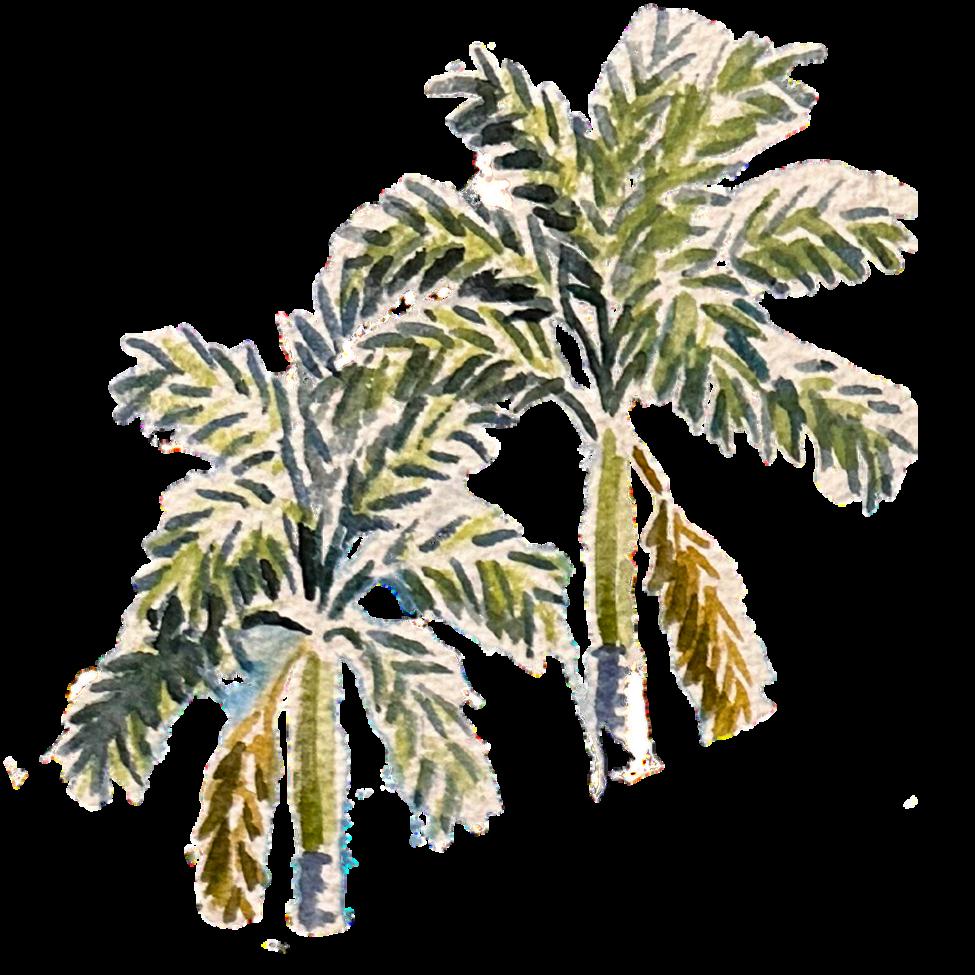
A gift from Vicky C. and David Byron Smith
Joan R. and Charles M. Taylor II Memorial Endowment
A gift from the Charles M. and Joan R. Taylor Foundation, Inc.
Henry A. Roberts Endowment Fund
A gift from Henry A. Roberts
The Ashley W. Campbell Memorial Fund
A gift from the family and friends of Ashley W. Campbell
Intern Endowments – Wildlife
A gift from Vicky C. and David Byron Smith
Intern Endowment – Wildlife
A gift from Sharon and Dolph von Arx
Intern Endowment – Science
A gift from Ken Krier
Intern Endowment – Wildlife
A gift from Patty and Jay Baker
Intern Endowment – Education
A gift from the Andrew Family Foundation
Intern Endowment
A gift from Van and Myra Williams
Intern Endowment – Education
A gift from Ed and Tickie Eaton
Intern Endowment
A gift from Susanne E. Geier
Intern Endowment – Education
A gift from John & Becky Allen
Wildlife Rehabilitation Endowment
A gift from the Estate of John Gridley and all of the friends of Dr. Melissa J. Gridley and of the Wildlife Caregivers
Environmental Science Director Endowment
A gift from The Ivan Bowen Family Foundation, Patsy and Louis Schroeder, Doug Schumann and Sandi Davies
The Barney and Sherrie Morton Endowment
A gift from Sherrie Morton
Conservancy Endowment Fund
A gift from Anonymous
Conservancy Endowment Fund
A gift from Willard V. Merrihue
A gift from Elizabeth and Hadley Case
A gift from The George R. Wallace Foundation
A gift from Henry and Betty Albrecht
A gift from Janice and John Fisher

Thursday, March 6, 2025

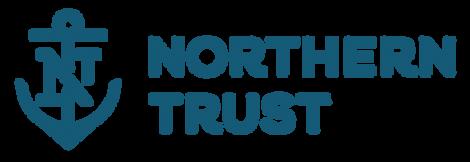






C O M P A S S





